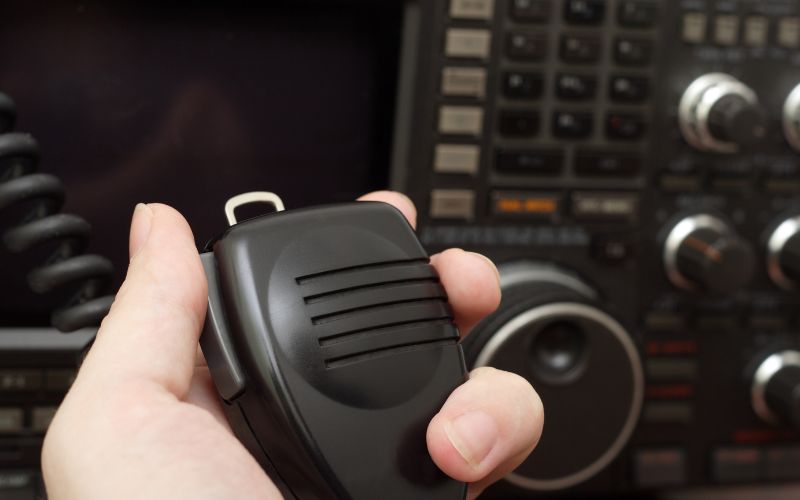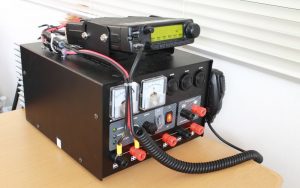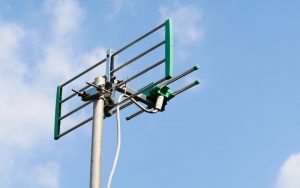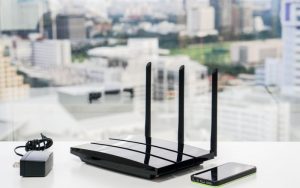For many radio amateurs the challenges of reaching out to people over long distances are easily met by ramping up the power which often overcomes most, if not all, obstacles.
However, there are many ham radio operators who like to use their initiative and experience by running on the minimal power possible to achieve the same results and they will often refer to QRP.
But what does QRP mean in ham radio?
In ham radio there are many terms referred to by Q codes. QRP in ham radio means operating at low power. Low power is open to interpretation but, for most operators this means transmitting at 5 watts or less.
Where does the term QRP come from?
The term QRP is from the international telegraphy code which uses a set of codes to speed up sending messages.
The code that QRP comes from was developed by morse code and telegraphy operators to simplify and reduce the amount of time taken to transmit signals.
The term QRP is defined as “reduce power”.
Why would a radio ham want to operate at low power?
People who want to use low power are often limited by the amount of power that they are legally allowed to generate and this is mostly determined by the level of licence that they hold.
There is an understanding that communications will use the least amount of power possible to maintain contact and this is often stated by many of the regulating bodies.
Equipment, such as handheld radios, may only be capable of producing QRP power levels.
Using high power levels in some locations may result in interference, something that ham radio operators are very aware of and do not wish to cause.
What power is considered to be QRP?
The general view is that power levels of 5 watts and less are considered to be QRP.
Most amateur radio clubs and competition organisers consider these to be the QRP limits.
What are the benefits of operating at QRP power levels?
When you reduce your transmitting power it has several advantages:
Operating at lower power means that you will increase the life of the radio equipment, especially if using battery powered devices.
There is an understanding that low power operation can be used to conserve battery life and this makes it popular with hams who are operating in the field.
Operating at lower power reduces frequency interference to other users on the band you are using.
Frequency congestion is reduced as there will be fewer QRP signals operating on the same band.
This makes it easier for operators to find clear space on the bands they want to operate on.
It can be an enjoyable pursuit, testing your own ability and equipment under more challenging conditions than you would normally use.
What are some of the disadvantages of QRP?
The major disadvantage that most radio hams see is that there is less chance of being heard because of the lower power output.
This, however, may have something to do with propagation conditions not being favourable at any given time which can equally affect higher power transmissions.
According to some radio hams, QRP means that your signal will be weaker on the air and this makes it difficult for other operators to hear you but this is part of the challenge of operating at lower powers.
What is a QRP antenna?
A QRP antenna is generally considered to be any antenna that can handle or deliver low power output.
Some radio hams are able to use the same antenna they used on higher power levels on lower power conditions, even if this means adjusting their equipment.
Other radio hams may only operate with one of the popular QRP antennas which are available for purchase.
Some radio hams consider that a QRP antenna can be any antenna that is specifically designed to work well at the lower power levels used by QRP operators.
These antennas are available from suppliers and also as home-made projects which you can build yourself if you have the necessary skills and tools.
Arguably there does not have to be a separate antenna from your normal set up and it may be possible to attach a QRP device in place of the current one in use.
When is QRP used?
There are at least three occasions where QRP may be used:
During natural disasters and emergencies, such as storms or flooding, when local power may fail and stations on battery power need to communicate.
At certain events such as amateur radio field days where authorised participants meet up and operate from a known location for a given period.
By radio amateurs on day-to-day basis to test their equipment and skills under more demanding conditions than they would normally expect to use.
What is QRP contesting?
This form of activity involves radio ham operators gathering together and participating in a competition where they operate at QRP power levels and compete against each other, usually within the same team.
The aim of such activity is to see who can contact as many other stations around the world as possible during a set period and these contests happen several times a year.
They are popular with radio amateurs and there is usually a good turnout for such events where they take place at organised ham gatherings.
There are often prizes awarded to the teams who make the most contacts in a given time.
Can any ham radio work with QRP power levels?
Most ham radio sets offer the ability to adjust power levels and can accommodate QRP operations.
This can be useful if you are entering a QRP contest or another activity where QRP power levels are required.
It can also be a useful feature if you are working on a portable or mobile basis where you are using battery power – QRP will use less power and will increase the life of your battery.
Final Words
Pushing out the maximum amount of power is something that many ham radio operators adopt in their efforts to secure the best chances of making contacts.
However the real challenges of amateur radio are reaching distant contacts using the minimum amount of power possible.
Experimenting with antennas, thinking about weather and propagation and the best times to use different bands are all part of the challenge of working at low power levels.
QRP does not always mean less success, it just means that you’ll have to work out the best way to get the job done with lower power levels.
Read Next
- Can a ham radio talk to a CB radio?
- Can a TV antenna be used for ham radio?
- Can ham radio be traced?
- Can ham radio interfere with cell phones?
- Can ham radio interfere with tv reception?
- Can ham radio interfere with wireless internet?










